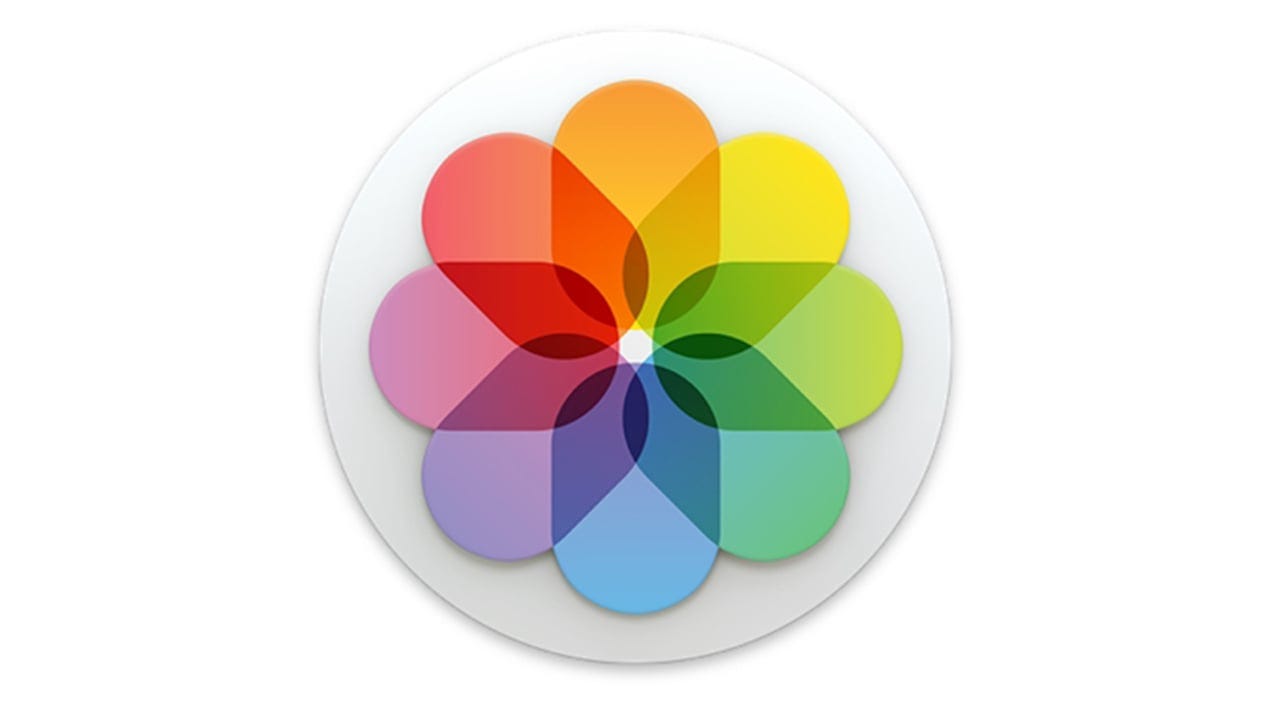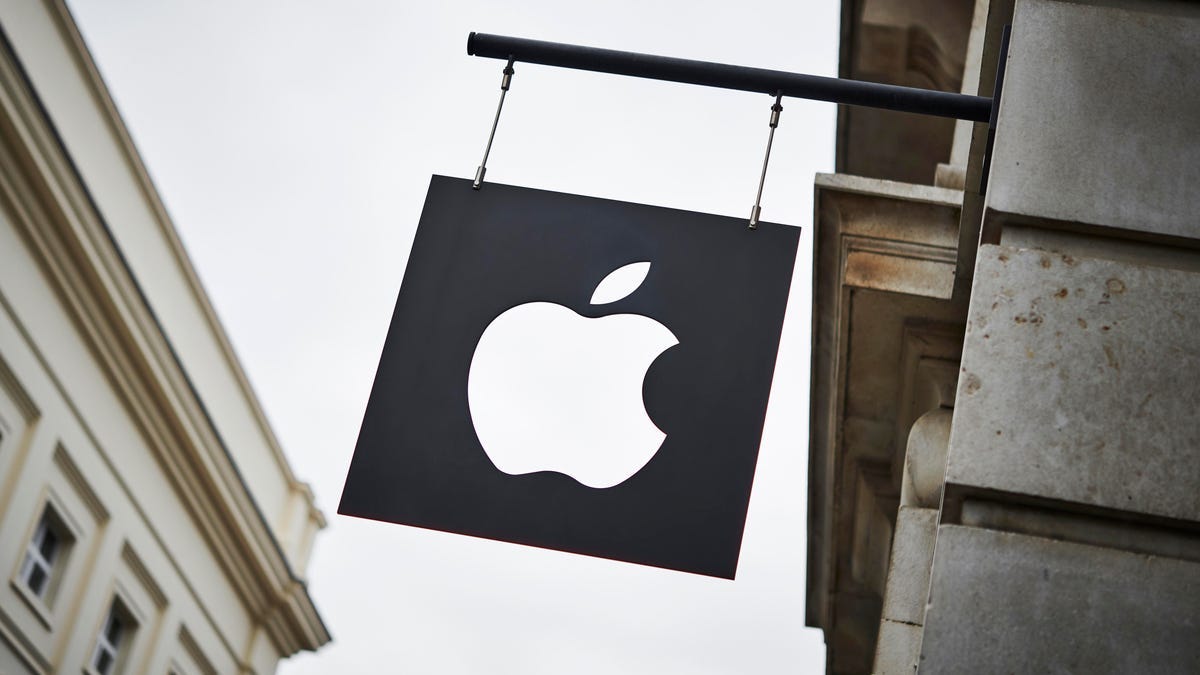My last post was on November 9th … so what has your friendly, neighborhood Tech Daddy been up to these past several weeks? What has kept me from writing until now? The short answer: WORK! A lot of it! And most of that work has involved people upgrading from very old Macs to shiny new ones. When I say “old,” it is not hyperbole. A couple of my clients went from a 15-year-old machine to the latest. Trust me: this is no small undertaking.
Why The Christmas Rush?
Over the years, my work during November and December has typically been relatively quiet or somewhat busy. However, this year, I’ve seen an unprecedented surge in client consultations, system ordering, and migrating to new equipment. There are usually two reasons for this:
• People need to purchase hardware before the end of the year for tax reasons
• People need to replace old or ailing hardware for newer models
This year, there’s a third, more ominous reason:
• People are unsure of what will happen once “Trump Tariffs” are enacted if that indeed happens.
The first bullet point is obvious, so discussing it further is unnecessary. Instead, let’s break down the last two points to shed more light on them.
Super Macs In Excelsis
On October 28, Apple announced the first Macs using the astounding M4 chip after M4-based iPads were introduced in May. While the new iPads were impressive, they were only a taste of things to come. Apple made it clear they would equip their entire product line with the M4 processor, the first chip designed explicitly for Apple Intelligence (the iPhone 16 models introduced in September has its own version of these chips: the A18.) On the 28th, Apple unveiled new M4-based 24-inch iMacs, the 14 and 16-inch MacBook Pro, and — most impressively — the completely re-designed Mac mini.
I watched the announcements that morning and was excited by what I saw, but that was nothing compared to using these Macs in real life. Fortunately, I got to do just that because several of my longtime clients called me after the introduction, and I worked with them to create their orders and then the subsequent migration. As such, I got an intense education on how radically faster and more efficient these new M4 models are than anything that has come before them, even though the price points are either the same or lower than before.
I’ve read many tech articles about how incredible the new Macs are, but none explained it in terms I could understand. After working with the M4s, I have a straightforward stat that should sum this up effortlessly: It involves the Photos app.
When you turn on a new Mac for the first time and set it up, then launch the Photos app, it goes into a “curation” phase where the app analyzes all your photos and videos. The machine learning-aided routines are “curating” all your photos to create Memories, Special Days, Featured Photos and more, plus figuring out where a photo was taken or who is in the various images so it can populate albums like “Locations” and “People, Pets and Places.” For Macs that ship with macOS 15 Sequoia, there are even more curation routines that work with Apple Intelligence! Once this process starts, it continues in the background, even if the app isn’t running.
As you can imagine, this can bog down the Mac until the process is finished. In my experience, the average Mac user’s Photo library contains about 15,000 photos and a few hundred videos. For older Intel-based Macs, it was not uncommon to see the curation process last for a week or more before the user saw the words “curation complete” appear underneath the latest photo in the main Library window. For M1, M2 and M3 Macs, I noticed that the timeframe changed to 24–36 hours, depending on library size. A significant difference, right? Well, hold onto something: even the stock, $599 M4 Mac Mini can now do this in only 1 hour and change! For Macs with an M4 Pro or Max chip, it’s even faster than that. This is an astounding leap forward in power and speed!
The new M4 Macs are 8–10 times faster than the first M1-based Apple Silicon-based Macs. They are almost 80 times faster than older Intel-based Macs! That includes the $8,000 2013 Mac Pro, the famous “Trashcan” cylindrical Mac that set the world on fire when it was introduced. How the mighty have fallen! That Mac is now worth $95 in trade or resale, although collectors may offer more. Humbling, isn’t it?
It’s no wonder so many people I know with ancient Macs have finally said “enough” and decided to make the move. Why they took this long is the subject of another column… one in which I will advocate that “living in a tech bubble” is not a good long-term strategy.
Now let’s discuss that dire third reason.
Not So Tariff-ic
This is a tech-oriented column, so I try to avoid politics. In this case, however, it’s hard to ignore. On January 20th, 2025, the incoming president (who shall remain nameless) has vowed to enact steep tariffs on imported goods—including electronics—made in China, Canada and Mexico. Whether or not this is a good idea is beside the point; instead, the question is, “Will prices on Apple products be significantly higher?” That’s another reason why many of my peeps are buying right now.
The short answer to this one is, “Who knows?” The longer answer is… Apple has been here before. Back in 2016, to be precise. This is not their first rodeo. Several factors make me believe that Apple prices will not be significantly affected:
• The Orange Guy admires Tim Cook — it’s well-documented that during the first go-round with The Tariff of Nottingham (thanks, Jimmy Kimmel!) Tim Cook received “favored nation” status with the administration as Drumpf (thanks, Ellen Snortland!) admires him. Elon Musk? Not so much. That is the wild card here. Apple has demonstrated a willingness to manufacture some of its lineup in the U.S., which has also worked in its favor.
• Over the past several years, Apple has been steadily outsourcing more of its offshore manufacturing to other countries. For example, a client’s new M4 iMac arrived this week with a sticker declaring it was “manufactured in Thailand.” Apple has also invested heavily in India-based factories, and most famously, the M and A-series chips powering all Apple devices are made by TSMC in Taiwan. TSMC itself is also expanding into US-based manufacturing.
So, while there is some concern about rising prices, I don’t think tariffs will impact Apple as severely if they come to fruition as they will with other tech companies.
That’s A Wrap!
If you’ve read this far and one of those “three reasons” I mentioned resonated with you, email, text or call me, and we can discuss what’s next. But don’t wait—there are only 10 days left before the end of the year! Tomorrow night is also the shortest night of the year, which means it will only get brighter from here on… a thought to carry with us as we prepare for 2025.
Your friendly neighborhood Tech Daddy
Tech Daddy Substack Founding Members
Leigh Adams Edgar Johnson






